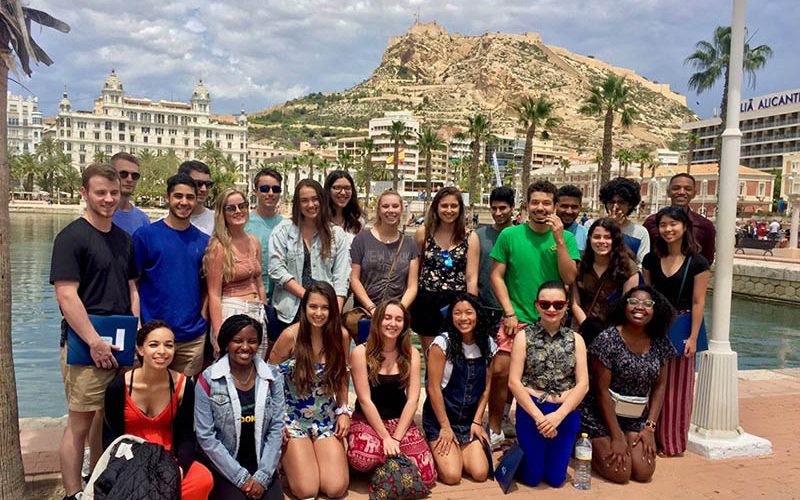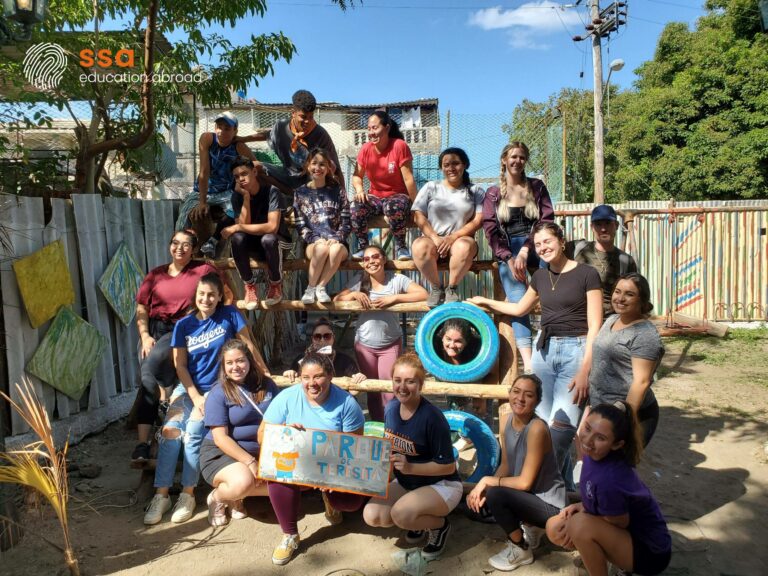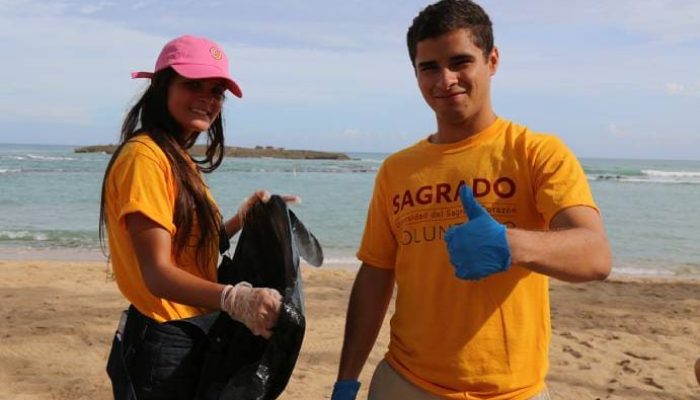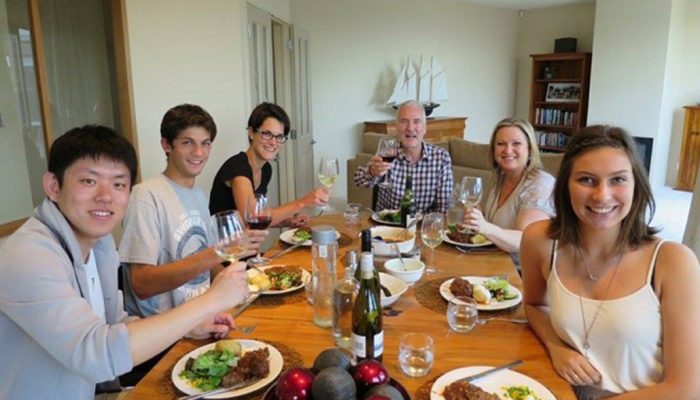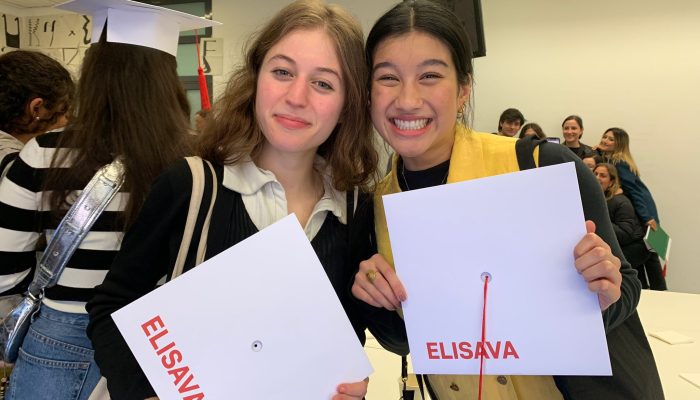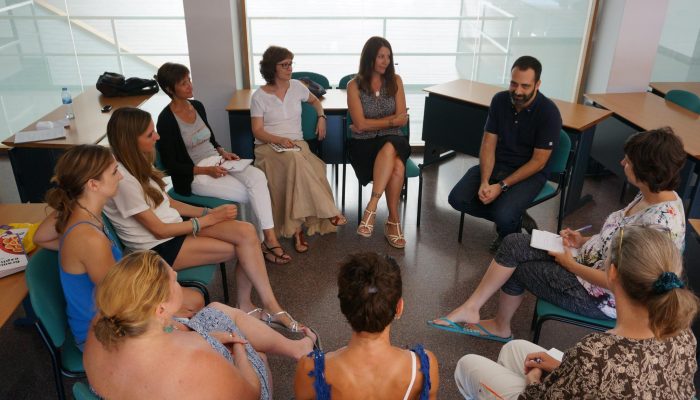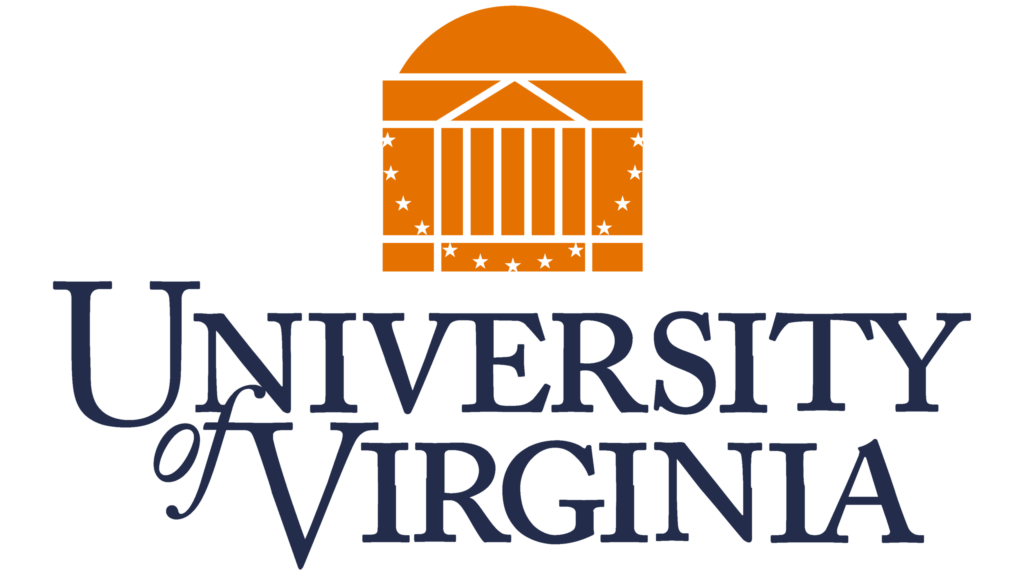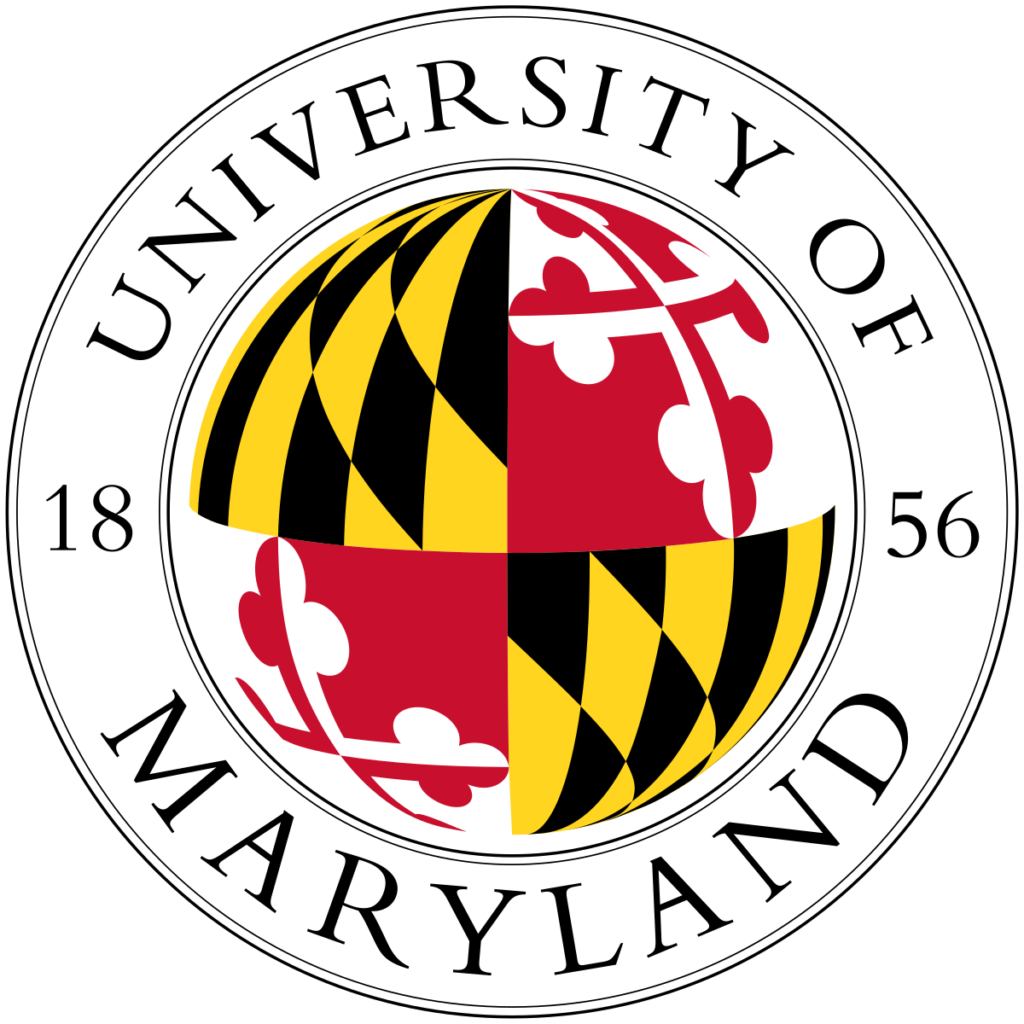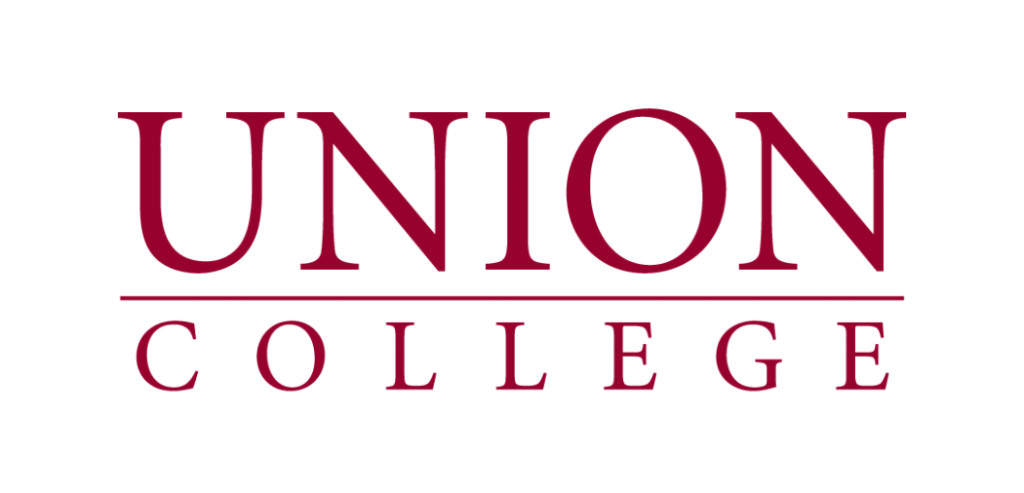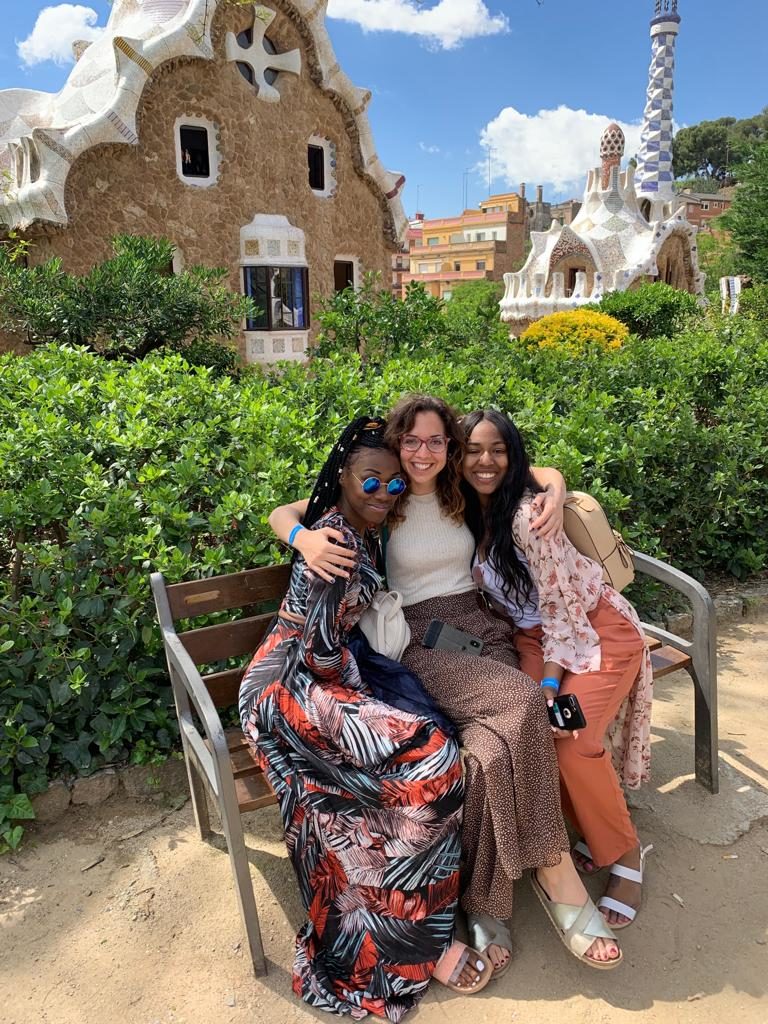Faculty-led programs have grown in significance in US higher education in recent decades. For many students, these short-term study trips are their only chance for an international experience during their undergraduate years.
Statistics from Open Doors confirm that, before the COVID-19 pandemic, the steady increase in US college students studying abroad was due to short-term programs rather than semester-length (or longer) study.
Some colleges make faculty-led trips a large part of their internationalization strategy. We have noticed that campuses that follow a 4-1-4 calendar often use their “January term” as an excellent opportunity to take students abroad for several weeks.
May term programs are also popular because they allow students to participate in a program before their summer work/school plans begin.
This article offers some ideas to colleges and universities for arranging and planning successful trips. We will pay more attention to the logistics and planning than to the content of programs, which is a topic for a different article.
Of course, a wonderful and impactful study trip begins with great content. An idea should be meaningful and intentional in its impact on participants and easy to “sell” to grab the attention of students on campus.
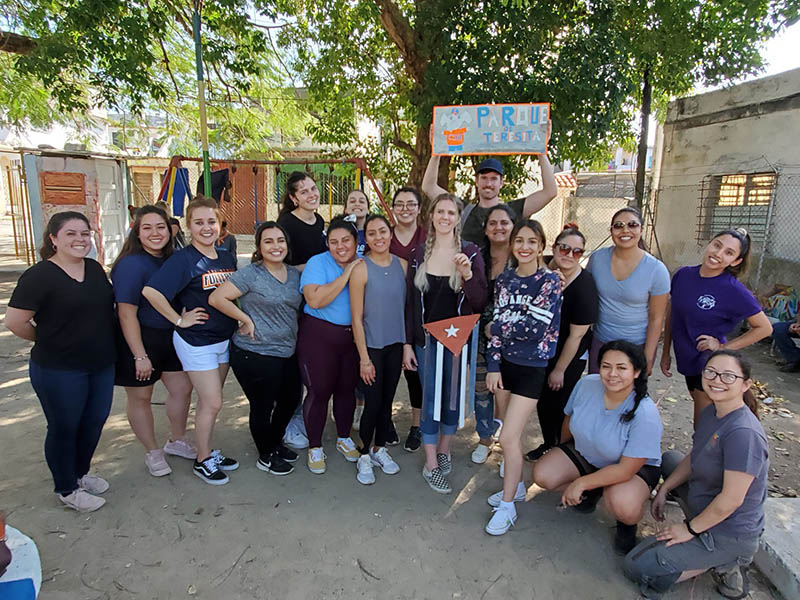
What can colleges do to better plan and execute faculty-led trips?
Start with clarity
Once the original idea is formed, work to refine it so that the trip has a clear purpose and a few primary objectives.
Make the purpose clear – something like “to analyze the impact of micro-enterprises on Cuba’s economy” – and then work as many elements into your trip as practicable.
You can also add general cultural elements and touristic sites as part of a trip. It’s common for us to organize purely “cultural” trips. If this is their purpose, make that clear, and we can provide a wide-ranging cultural experience.
Not all purposes have to be heavily academic. We know of cases of colleges with many first-generation students that wish to create engaging international experiences at a reasonable cost to stimulate their students’ interest and curiosity.
Each case is different but knowing what you’re aiming for helps promote and build it.
Think far in advance
Keep in mind that it is normal for some of these trips to have a 2-year cycle from beginning to completion.
Why is this important?
Most professors realize that there can be many steps to approval on a campus involving department heads, provosts, and general counsel.
Planning the trip can also involve multiple professors and the study abroad office. Then you have to promote it on campus to fill the spaces.
You also want to reserve flights and accommodation far enough in advance to get the best rates.
These elements require time – typically anywhere from six months to a year. In some cases, planning and administration may take as much as a year and a half.
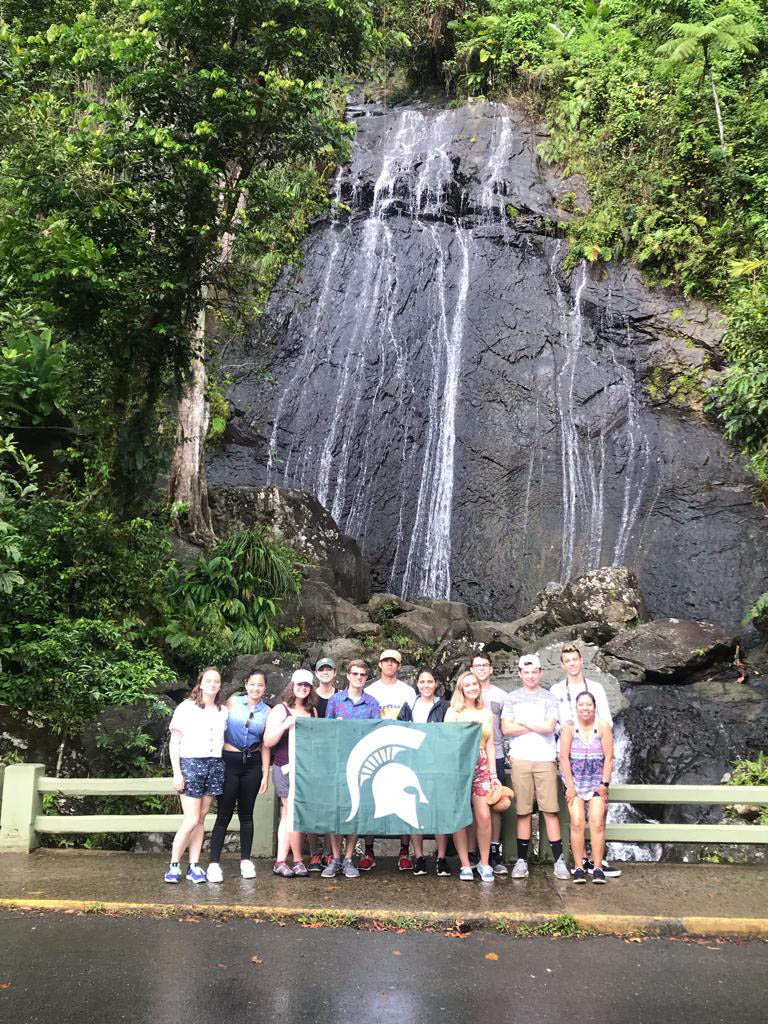
What about the cost?
To most of your students, you offer a travel product as much as an educational one. They’ll be thinking of the cost-value ratio as they consider signing up.
For some, a low-cost program is what will sell, while others will be seeking “bells and whistles.” So it is essential to understand your student body and understand what will “sell” on the campus.
As a general rule, given that higher education is already so expensive, professors will want to keep the price as low as possible while still delivering a great experience.
It’s also helpful to know if the school will be offering any help with the cost. Does tuition cover this program? Do they have any scholarships for studying abroad? Grants?
Be sure to factor in any additional funds.
Even a “ballpark” budget is a good starting point.
We recommend setting a target of a selling price – even if it is a range – and working to fill in the elements of the trip from there.
This process can be slow, as you’ll need to think of flights, ground transportation, entrance fees, visas, meals, and accommodation.
Maybe you start with a ballpark budget, “we’ll aim for $3,000 but go no higher than $3,500“. The clearer you are on your budget, the easier to plan.
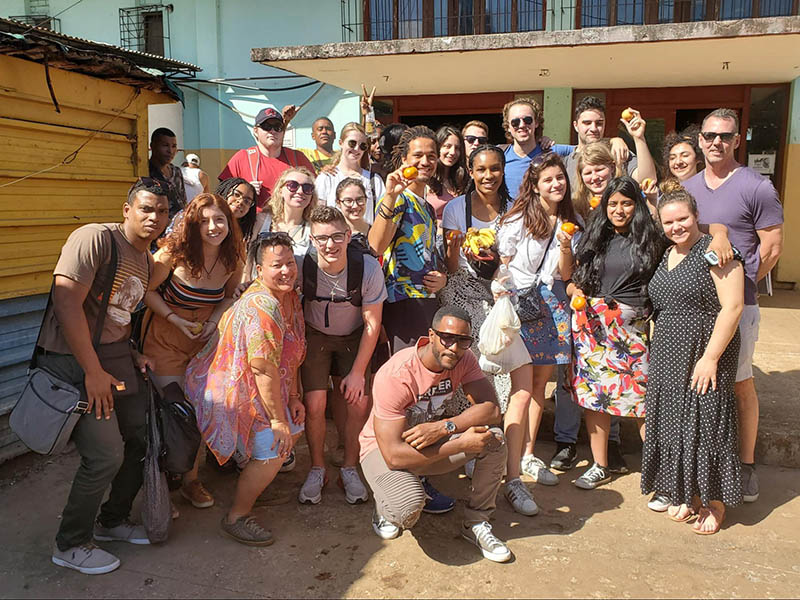
What are some other tips for professors and study abroad offices?
Work out the dates and target size of the group from the beginning.
Generally, dates for trips revolve around breaks from school. Therefore, setting departure and return dates is not so complicated.
It might not be the case if the group is going in the Summer, after finals. We recommend setting group numbers: a minimum – to make budgets – and a maximum number of participants.
Learn your campus’ internal processes
Younger faculty members who have not taken groups abroad should expect a learning curve on all the required steps.
Meet with your college’s study abroad office to shorten that curve. Another source of information could be other professors who have taken groups abroad.
They, along with the education abroad team, can also relate the best ways to promote your trip to the student body.
Work with a provider.
Some departments or professors have a series of connections and prefer to arrange all elements of their trip for themselves. However, it helps to have a provider with local contacts and knowledge in many cases.
Our Custom Programs team, for example, works with dozens of universities in a typical year to propose and execute travel programs.
Providers often think of issues that may not occur to a professor, and they have many ideas to find lecturers, engaging cultural experiences, and relationships with vendors.
They may also know when changes have been made, such as limitations and restrictions on local attractions, or how to plan around traffic and local customs.
Many universities are now collaborating with local providers as a requirement, as a local provider allows better liability protection for universities.
Spanish Studies Abroad, for example, has additional “quarantine coverage” in our insurance plan for more comprehensive protection during the COVID-19 era.
When you reach out to providers, refining and proposing a specific trip begins with knowing:
- Your budget (or at least your target).
- The intended dates.
- The expected number of students.
Proposals really cannot be crafted without this crucial information.
Involve everyone in the planning process
The dynamic is different with each college and each group. Our team sometimes deals with cases where the education abroad offices do the detailed planning without getting buy-in from the accompanying professors. It is important
Communicate with everyone – study abroad team, professors, and providers/vendors
The most common reason for a “hiccup” in a faculty-led program is not having everyone in the loop on critical issues such as accommodation, schedule, transportation, deadlines, etc.
We recommend periodic “catch-up” meetings to ensure everyone is informed of significant developments and plans.
While we’re discussing communication, be responsive!
Even when institutions have a long timeline, timeliness in responses is essential.
As coordinators of trips, we deal with many organizational issues and deadlines. If a college replies slowly on everything, we can miss deadlines or opportunities for exciting experiences.
Usually, we can keep things going if replies come in a 48-hour window, but longer than that can sometimes complicate things.
Don’t forget about passports and visas.
The COVID-19 pandemic slowed government services around the country, so wait times for processing documents can take longer.
We recommend that you collect information on your potential students’ passport situation when they express interest. Track it on a spreadsheet and make sure that they follow a realistic timeline to get theirs.
There is nothing worse than a group – and reservations – hanging on whether a package arrives on time. Some tourist sites now – such as the Alhambra in Granada, Spain – require making a reservation ahead of time using a student’s passport information.
This fact means that students need a valid passport in their hands several months before departure.
When you decide your destination, immediately check to see if students will need a visa and what those steps are. Do this too to find out what steps are required for an F-1 student visa holder.
Most US passport holders can enter most of the world’s countries for a short-term stay without a visa, but there are exceptions.
In our case, we host many university groups in Cuba, and we always have to factor in the steps for securing the correct visa.
Will your program be for credit?
Most of our programs expect to obtain college credit back at their campus, but some are just educational tours.
We like when a university adds classroom time before or after a faculty-led trip to deepen the students’ knowledge of their destination.
Check with others on your campus; we believe that you might find some innovative models.
Manage your students’ expectations
And maybe your own!
Most colleges do an excellent job with pre-departure orientations. But we still come across cases of students and professors arriving seemingly unprepared.
What program elements are sometimes not aligned with expectations?
This could be almost anything, but the nature of housing is a big one. Students should not expect 4-star accommodation unless you’re doing a premium program.
Also, bathrooms may be shared. Sharing may become an issue, especially if you’re staying in a hostel and everyone has to be ready by the same time.
The physical rigor of activities – particularly the amount of walking done – often surprises students.
Additional expenses, such as when meals are not included, should be made clear.
Internet access, which is significant in destinations like Cuba, may be limited and might come as a shock.
Consider differences in schedules in your host country, too. For example, Spain’s 9:00 PM meals are an adjustment for hungry students.
Experienced tour leaders look at their itinerary and note critical topics that should be covered in orientation so that students know what to expect.
Stick to the plan
Once the group is in their destination country, their itinerary is probably the culmination of months of budgeting and planning.
It is often problematic to change it because deposits have been paid, buses have been reserved, and guides have been contracted.
The time to change an itinerary is before the final sign-off, not after you arrive. You may have to push students to finish an activity or end an exciting lecture to stay on schedule.
Roll with the changes
Yes, we just wrote that you stick with the plan.
However, the real world sometimes requires flexibility and some improvisation.
Things don’t go 100% to plan in a place like Cuba. Traffic in many areas can throw off your timing as well. The weather has impacted many of our groups’ schedules.
When these things happen, you may have to make decisions on the fly so explain the changing realities to your students. That’s life and travel, so seek to do your best in the circumstances.
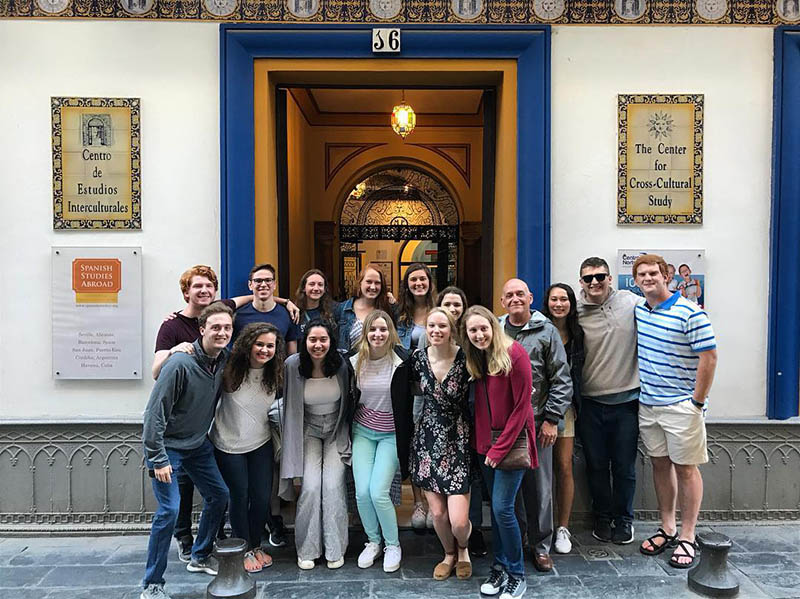
Summing up our best tips
Those are some thoughts from experienced planners and hosts of wonderful college groups.
Rigorous planning has paid off most of the time, and we believe that students have often had their eyes opened to new perspectives and realities. We are grateful to be a part of such experiences.
Most trips start with a broad concept, and then it takes work to narrow it down into a great itinerary.
Students and professors benefit the most when expectations are clearly defined and communicated and realistic schedules are followed.
We enjoy working with professors who are open to suggestions in terms of cultural sites and activities, and we often learn from them. Students find hands-on learning experiences to be rewarding and memorable.
Our thanks and appreciation go out to professors in all academic disciplines who are willing to “take their show on the road.” It’s not always easy, but their faculty-led trips may be the most memorable part of a student’s undergraduate years.


